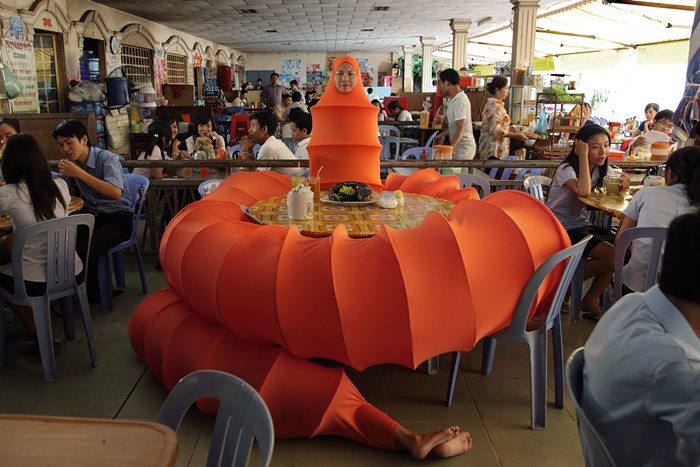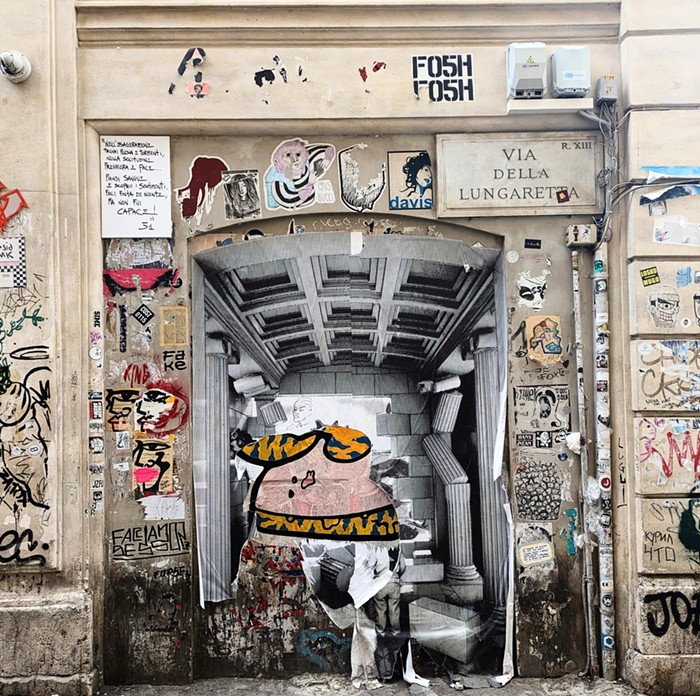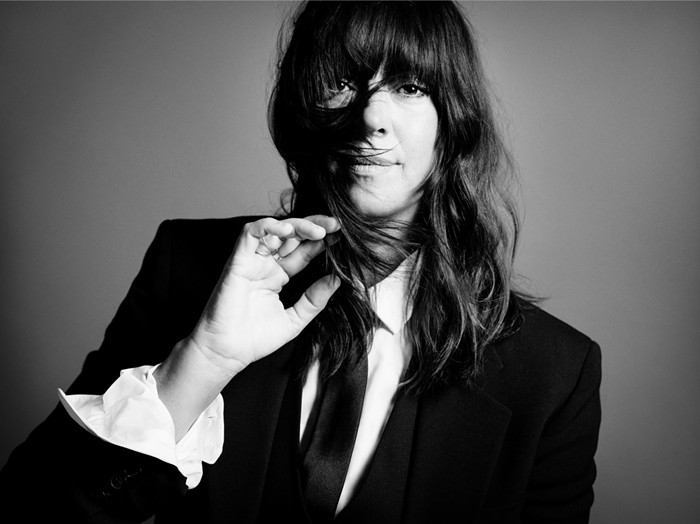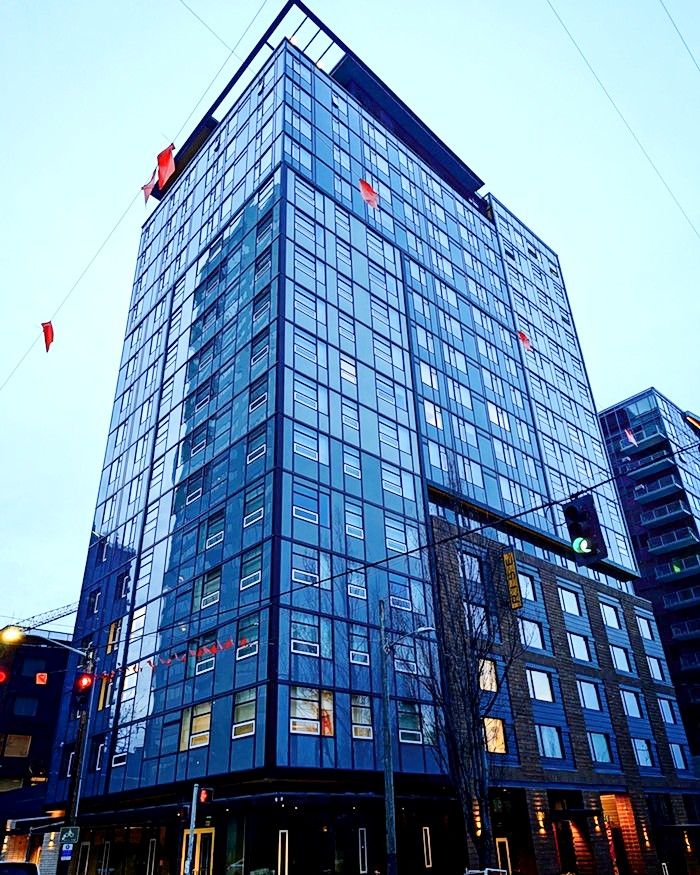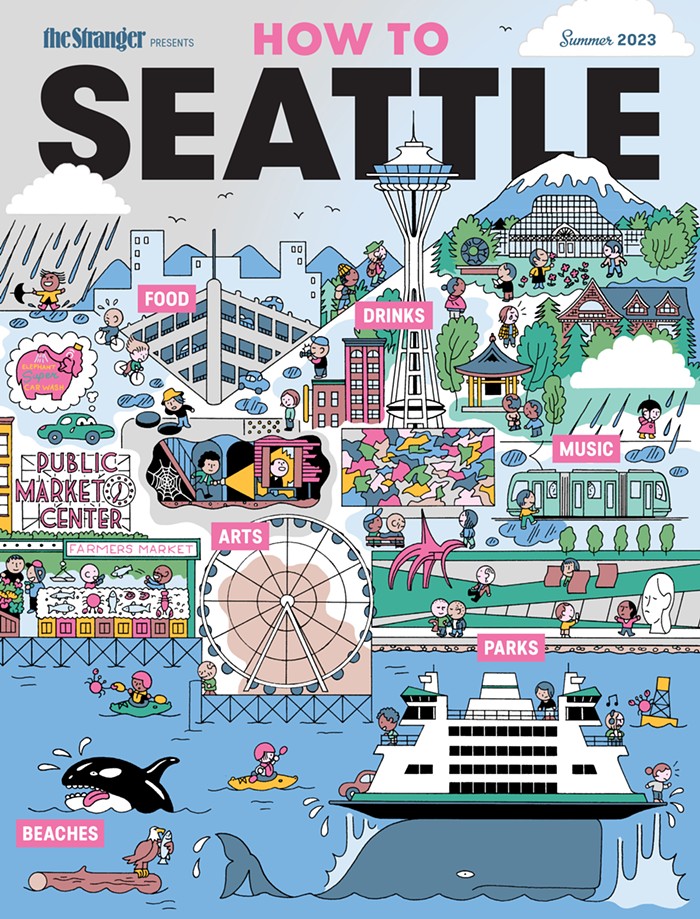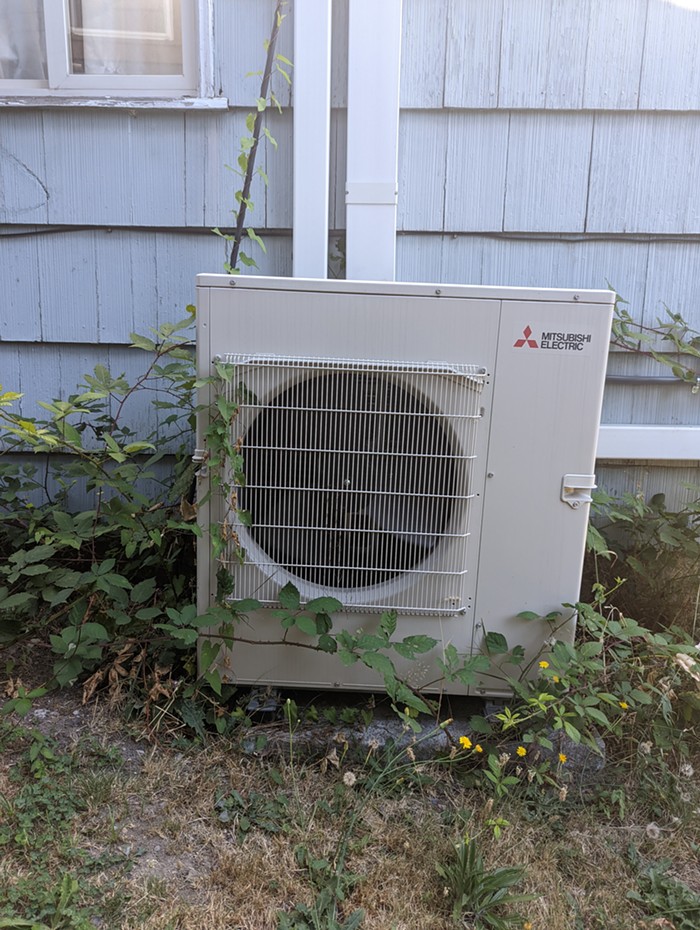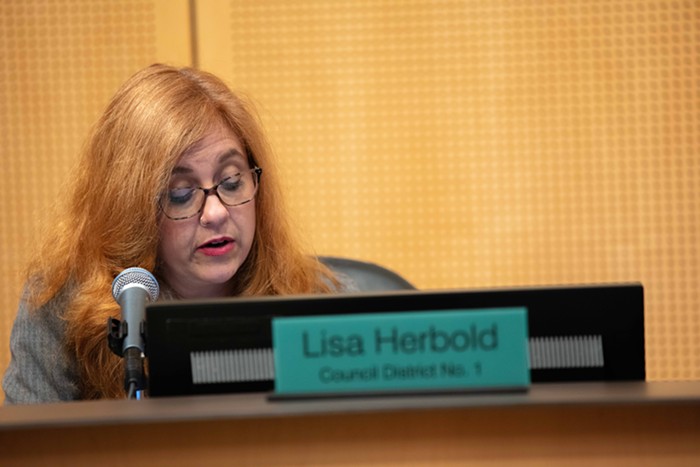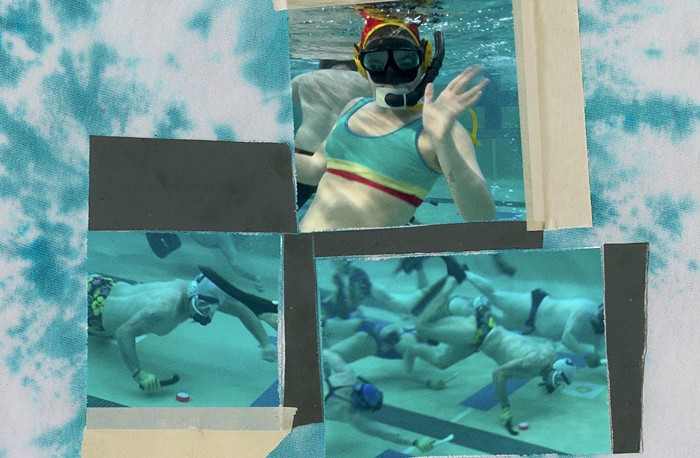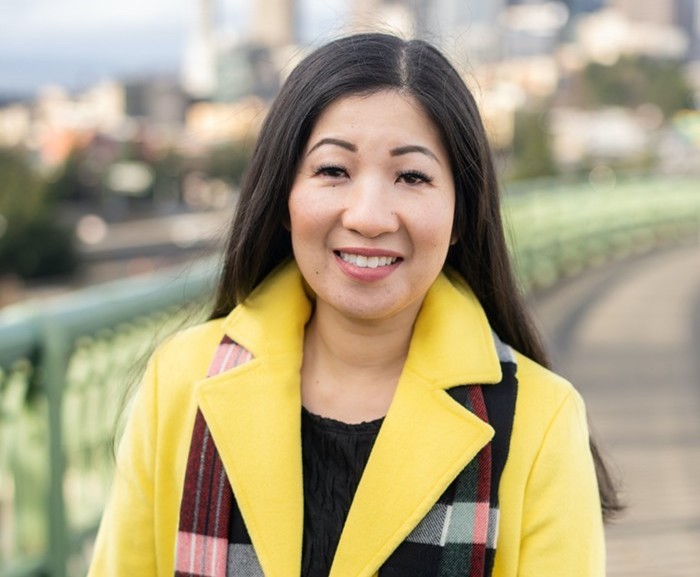The two bartenders at Vermillion last Thursday night didn't have a chance. The place was so packed that dozens of people stood for more than two hours in order to take part in, of all things, a conversation about sculpture.
John Boylan is Seattle's greatest conversation-starter. He's been organizing public get-togethers for years on subjects ranging from "Art and Community Engagement" to "Freedom" to "The Persistence of Painting in a Digital Age." This one was just called "Sculpture."
I think a lot about sculpture. I think about Dan Webb's Little Cuts, the series of photographs he made of carving a head out of a block of wood and continuing to carve it until it became a skull and, finally, a pile of sawdust he displayed in a fiberglass box on a pedestal along with the pictures. I think about the sculpture of a solar eclipse Trisha Donnelly asked each member of her audience at the Henry several years ago to create in our minds; the eclipse was specific for every person, moving and changing to a soundtrack of "Classical Gas" and Donnelly's narration—it was a thing, with dimension.
When I brought up those sculptures at Vermillion, I was afraid the sculptors in the room would want to kill me. Lauren Grossman makes her own cast iron. Cris Bruch labors with paper, metal, building materials: materials, not ephemeralities. And sculptors pay for their physicality, because 3-D works are the hardest to sell. But Grossman didn't kill me; she tackled me with enthusiasm: "See, that's what I love about sculpture. It's about the craziness of taking an idea, like that eclipse, and making it real." Basically, she was saying that my eclipse sculpture wasn't a sculpture—and we were off.
Among the subjects covered: That Grossman is melting down her old works because she doesn't have enough storage, and that this is very upsetting to Beth Sellars as a curator. That Malevich's most dangerous work of art was not his black square but his tea set. That artists don't really know why they want so badly to burn and cut and scrape certain materials. That the dream of sculpture is to be real. That sculpture and architecture get jealous of one another. That the process of making is the most important thing. That the process is overrated.
Packed in like revolutionaries, it wasn't long before someone asked, like, The world is crashing, and what are we doing about it sitting in here?
Nothing much. Nobody had a sculptural stimulus plan. But it was good to be together, patronizing a little pub-gallery, and talking for hours about how ideas and materials are linked and how they're not. It doesn't add up to a product, but as a process it pretty much ruled. ![]()
